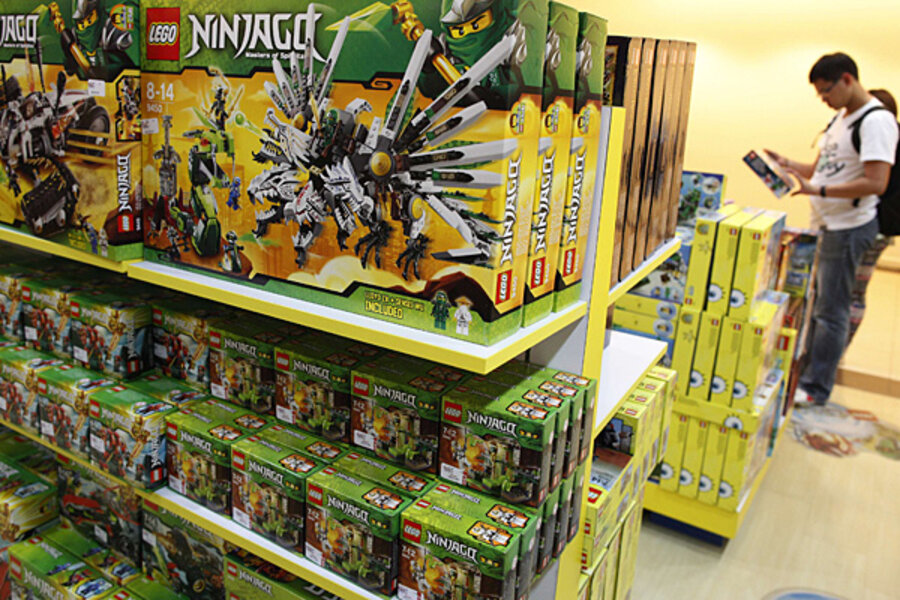Teaching children to shop smart
Loading...
One of the true highlights of my day is the time I get to spend with my children. At different times, it gives me the chance to be a parent and a guiding force to them, but it also gives me the chance to look at the world through a different set of eyes for a while.
An example: I’ll teach them about sportsmanship and how to play a sport… but I’m also simply playing ball with them. They’re learning how to be good sports and they’re also bonding with me, while I get the fun of pitching the ball to them and, every once in a while, swinging the bat, too.
Another example: I’m supervising their visit to the zoo… but I also get to see the sheer joy they take in feeding the fish there. I watch them to make sure they’re safe, help them read the signs, and pay for the entrance fee, but I also get a sense of fun from the exhibits that I wouldn’t quite get on my own.
Parenting is a duty I value deeply, but it’s also something that fulfills me as well and constantly teaches me new things.
This brings me around to the experience of managing and understanding their wants and desires.
Between September and December, two of my children have a birthday and then there’s Christmas. All of these are, of course, gift-giving occasions.
Naturally, those who are giving the children gifts want to make sure that we’re actually giving them something they want and that can lead to a bit of prompting.
“So… what do you want for your birthday?”
This leads the children to start thinking about the material things that they want. They’ll name some things upon hearing the question for the first time, but over the next few weeks they offer up more and more ideas.
While I don’t mind that so much, what does concern me is that this leads them down the path to craving material things, a path I went down in my own childhood and teen years. It was a path that cost me dearly in my twenties.
When I was a kid, I would pore over toy catalogs when it came close to Christmastime and circle dozens of things that I wanted. I wanted half of the things mentioned on the commercials during Saturday morning cartoons. There was always something new and something more to want, for whatever reason.
I basically didn’t “outgrow” that until I was nearly thirty. The only difference was that in my twenties, I had plenty of money to spend and I was able to get all of those things that I wanted.
They just didn’t bring me any lasting joy and the expense of it all brought me misery. It’s not an experience I want my children to repeat.
Instead, I want them to get a grip on their material wants at an early age.
How do I do this? For starters, I understand and accept that it’s fine to desire one or two things. We all do. When you just want a small number of things, it’s quite enjoyable when you actually receive those things. Those things are fulfilling.
When you get three gifts at a special occasion, each of those gifts is special. When you get twenty? They’re not so special. They don’t stand out. They just further fuel the desire for more.
What I focus on, then, is comparison. I try to point my kids toward the thing or two they want the most and then I help them realize that the other things they might want are just fleeting and are really secondary.
For my son, I might compare the things he wants in the moment to the skateboard that he’s been thinking about. For my daughter, it’s all about art supplies. Whenever they mention something else that they want, I suggest that they compare that want to something I know they want more. Then, I ask them which one of the two they’d rather receive as a gift and suggest that they focus on and think about just that one thing.
They’ve picked up on the pattern. They rarely ask for a lot of things. Instead, they focus deeply on just one or two things. Last year, their Christmas lists were all very short, and I expect the same this year.
The less influence I give to wide-ranging commercial desires for my children, the more control they’ll have over it. I just have to help them develop the tools to filter it and channel what’s left in a healthy way.
The post Managing and Minimizing a Child’s Wants appeared first on The Simple Dollar.








